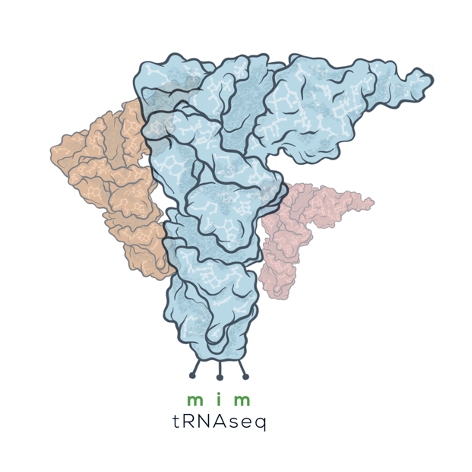Measuring the (tRNA) world by mim-tRNAseq

Researchers at the Max Planck Institute (MPI) of Biochemistry have developed a method to quantify transfer RNAs and study their modifications in cells from diverse organisms
Transfer RNAs (tRNAs) deliver specific amino acids to ribosomes during translation of messenger RNA into proteins. The abundance of tRNAs can therefore have a profound impact on cell physiology, but measuring the amount of each tRNA in cells has been limited by technical challenges. Researchers at the MPI of Biochemistry have now overcome these limitations with mim-tRNAseq, a method that can be used to quantify tRNAs in any organism and will help improve our understanding of tRNA regulation in health and disease.
A cell contains several hundred thousand tRNA molecules, each of which consists of only 70 to 90 nucleotides folded into a cloverleaf-like pattern. At one end, tRNAs carry one of the twenty amino acids that serve as protein building blocks, while the opposite end pairs with the codon specifying this amino acid in messenger RNA during translation. Although there are only 61 codons for the twenty amino acids, cells from different organisms can contain hundreds of unique tRNA molecules, some of which differ from each other by only a single nucleotide. Many nucleotides in tRNAs are also decorated with chemical modifications, which help tRNAs fold or bind the correct codon.
